A resource- and labor-intensive industry, fashion pollutes the environment with non-biodegradable waste. It employs extensive marketing efforts and never-ending trend cycles to ramp up production, which has triggered a whopping 60% increase in clothing consumption from 2000 to 2014.
Yet, the biggest culprit among all the detriments of fast fashion lies in its underlying concept – the prevalence of affordable clothing. The idea that clothes should be inexpensive and single-use harms us all, especially those living in developing countries.
With that said, let’s trace the footsteps of the industry and how it evolved into a deleterious force for profit-making:
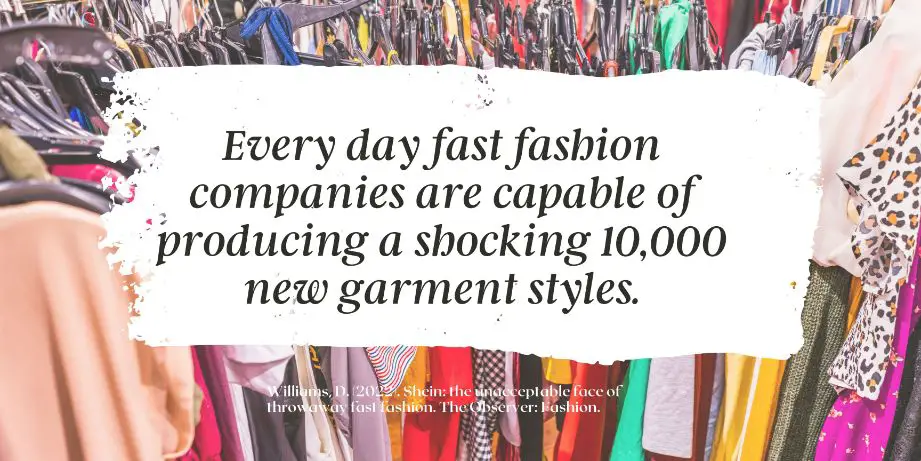
Is Fast Fashion a Tragedy of The Commons?
Clothing is a cheap, convenient, and widely accessible commodity, as transnational fashion companies to sacrifice cheap labor and natural resources for monetary profit. Fast fashion, therefore, qualifies as a tragedy of the commons, as it’s torn between corporate interests and the well-being of our planet.
Simply imagine an open market of cheap goods shared by multiple fashion companies – each company exploits more resources (human or physical) to maximize its profits. In an unregulated industry, this becomes a “logical” strategy since the profits are enjoyed by the companies. However, the deleterious consequences are shared by all – both the people and the planet.
Such endless commodification of natural and human resources leads to an oversaturated market, where more and more companies over-use and exhaust available environmental resources – hence, spawning the fast fashion industry as the tragedy of the commons.
The History of Fast Fashion: The Origins of Pre-Made Clothing
With the mass production of fashion, clothing has become a globalized resource. However, this hasn’t always been the case – just a century ago, most clothing was bespoke and made exclusively for the elite.
The history of convenient clothing can be traced back to Britain’s Industrial Revolution and the emergence of the slop shop. Referring to second-hand clothing stores, slop shops sold ready-made uniforms to seamen, chimneysweeps, woodcutters, and other low-class laborers.
This phenomenon was revolutionary, as it reflected the demand for mass production in the 18the century. Spawning the business model of cheap clothing exchange, it gave rise to fast fashion as we know it.
The Slop Shop – First-Ever Ready-Made Clothing Stores
Located in urban areas, slop shops targeted the working class, peasants, and middle-class people who did not have the resources to hire tailors and produce their own clothing.
Through this, slop shops sowed the seeds of the concept behind fast, accessible clothing. They promoted the idea of ready-made clothing that was standardized and produced independently of dressmakers or tailors.
Eventually, the rise of ready-to-wear clothes brought forth new infrastructure and heavy machinery, such as the spinning jenny, the sewing machine, the power loom, and so on. While these inventions have seen technological advancements since then, fashion remains a labor-intensive industry that thrives on exploitation to this day,
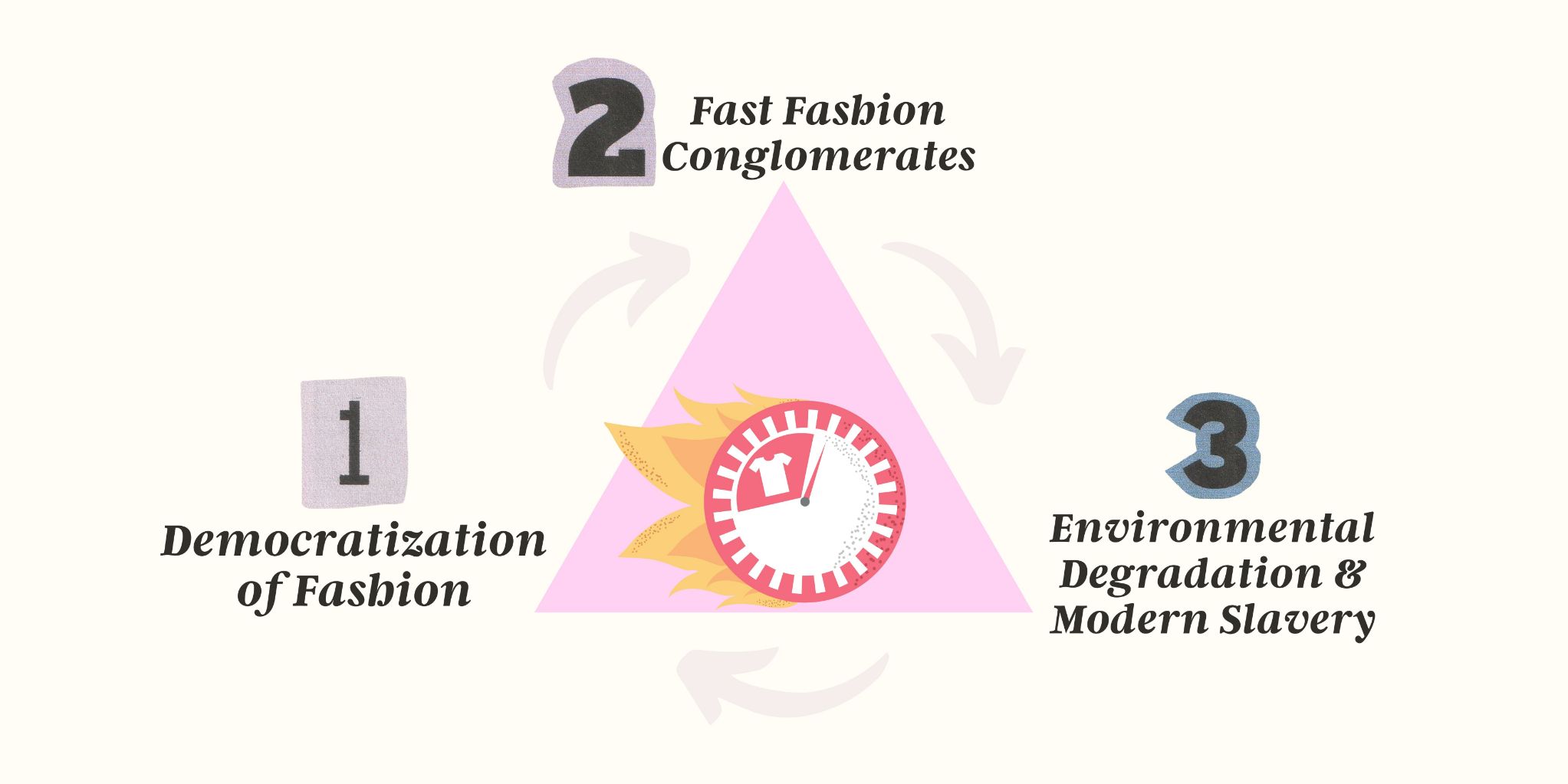
Modern Slavery and the True Cost of Fast Fashion
As mentioned in “The True Cost” documentary, fast fashion conglomerates, which relentlessly compete within the industry, have “little incentive to do anything other than to make this quarter better than the last.” Unfortunately, this involves the use of cheap labor and ultimately, partaking in modern slavery.
Moving their manufacturing operations abroad, fashion companies avoid responsibility for the treatment of their garment workers. As they offshore production to low-cost countries, they are no longer subject to labor laws. This allows exploitation to steep into all stages of clothing production – from harvesting raw crops to dyeing the garments.
According to the 2018 Global Slavery Index, $127.7 billion worth of garments is produced involving modern slavery and/or forced labor annually. The garments are imported to G20 countries in the Global North, such as the United States, Canada, and the United Kingdom – in other words, high-income countries. These countries create an artificial demand for fast, cheaper clothing, made with synthetic fabrics and careless cuts – hence, fueling the fast fashion machine as a tragedy of the commons.
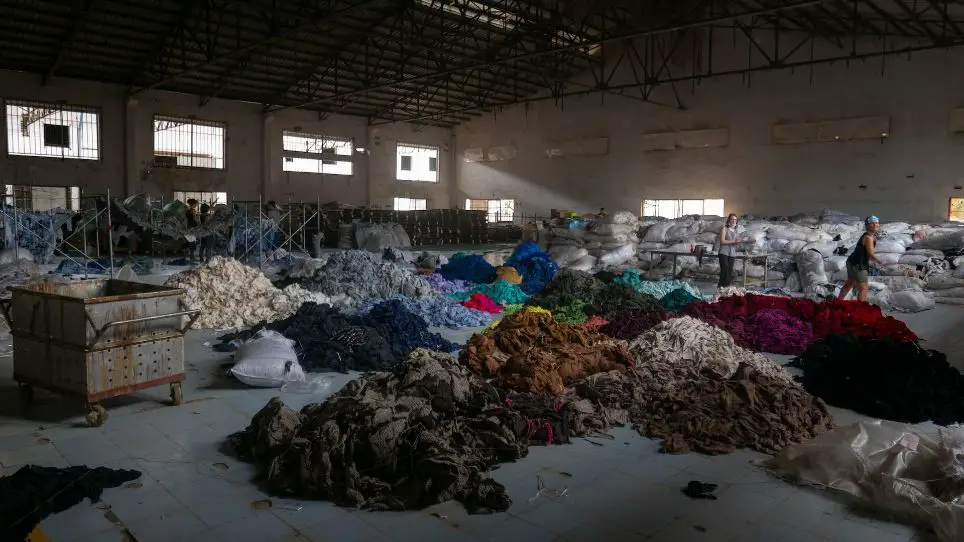
Fast Fashion: For the People, Against the Planet
Be it the 18th-century slop shop or modern online fast fashion stores, the democratization of fashion has resulted in a snowballing environmental crisis. This is mainly because cheap clothing is ubiquitous, and in the absence of labor or environmental laws, the demand for it can be increased indefinitely.
After all, the demand for fast fashion is mostly artificial. Luxury brands forge a sense of artificial scarcity and FOMO to market their products. They curate a false sense of urgency via last-minute sales, updating collections weekly and advertising their products heavily with aspirational content.
The False Needs Theory
According to Herbert Marcuse’s ‘false needs theory’, corporations impose false needs upon consumers. By this, corporations force them to pursue things that go against their individual or collective benefit, perpetuating “misery and injustice.”
By the same token, disposable clothing is the superficial ‘false need’ that pollutes our oceans, exploits underpaid workers, and depletes non-renewable resources – the false need that makes us dig our own graves.
Ultimately, the very ethos of fast fashion, “of the people, for the people, by the people”, is inherently against the planet.
Democratization of Fashion
Fast fashion has granted people a false sense of privilege, due to which the elite no longer holds the key to being fashionable. Nowadays, anyone can buy the latest trends – clothes on Shein or AliExpress can be bought for merely a few dollars. Once a trend appears on the runway, it takes weeks for it to ‘trickle down’ to the masses via fast fashion stores.
This, however, doesn’t necessarily translate into consumers’ access to quality clothing, but rather cheap, disposable trend pieces that go out of style in a matter of months. Ultimately, the democratization of fashion has produced a never-ending stream of poorly made, synthetic clothing that is non-biodegradable.

Quality – the True Power
In a world full of disposable clothing, true power lies in quality. The modern-day fast fashion machine runs on rapid production, distribution, and marketing, churning out poorly-made clothing laden with superfluous designs. However, as consumers, we have the power to reverse this dynamic.
As a response to the fast fashion industry, prioritize the longevity of your garments over their quantity – in other words, buy less but better. Think holistically and be mindful of the environmental footprint of your purchases. This way, you will redeem yourself from the hamster wheel of trends, focusing on the story behind each garment, rather than its ‘trendiness’ or price tag.
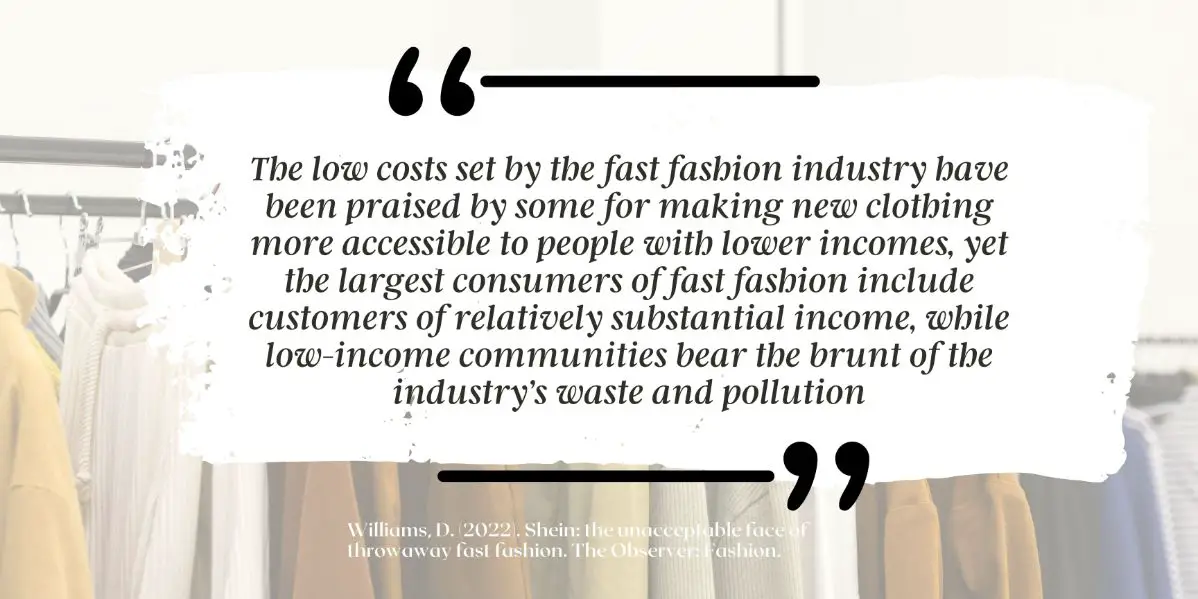
The Final Verdict: Fast Fashion Is a Tragedy of the Commons
At the intersection of environmental degradation, the global health crisis, and irreversible textile waste, fast fashion puts sustainability in jeopardy.
In terms of production, transnational fashion conglomerates exploit environmental and human resources that go into rapid clothing production endlessly. By this, they pose risks to the economies of countries in the Global South, resulting in the spillover of unsold clothing that contains toxic chemicals like phthalates, formaldehyde, lead, and PFAs. Under-resourced countries also suffer from modern slavery, as brands disperse their production sites overseas and exploit cheap, predominantly female, labor.
Similarly, fast fashion has become a tragedy of the commons in terms of consumption as well. Due to the democratization of fashion, garments are sold at low costs, which are a direct result of unfair wages and poor working conditions in clothing production sites.
Due to such wide accessibility of garments, consumers actively contribute to the depletion of environmental or human resources by purchasing fast fashion. For this reason, fast fashion has become ‘the tragedy’ globally, where neither consumers nor brands collectively work toward its elimination. In other words, it’s a tragedy of the commons, which extends to both supply and demand sides of the industry.
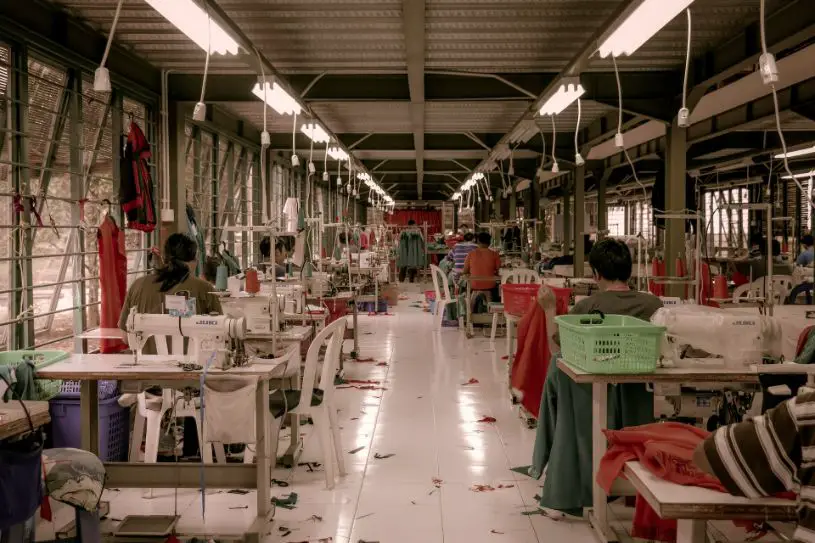
Conclusion
In the absence of legislation, fast fashion conglomerates move their production sites to countries like Vietnam, Bangladesh, and China, where they are free to extract key resources, dump leftover goods, and exploit cheap labor.
The democratization of fashion, which turned clothing into throwaway items, generates an endless flow of textile waste. This is due to the absence of hierarchies within clothing consumption, fueled by low prices, in tandem with the abundance of retail outlets and e-commerce stores.
However, the barriers are absent on the production side of the industry as well. Fashion companies pursue short-term self-interest for the sake of profit, meeting the demand for low-quality, trendy pieces. This results in the tragedy of the commons, thriving on modern slavery, environmental destruction, and a false sense of ‘democracy.’

